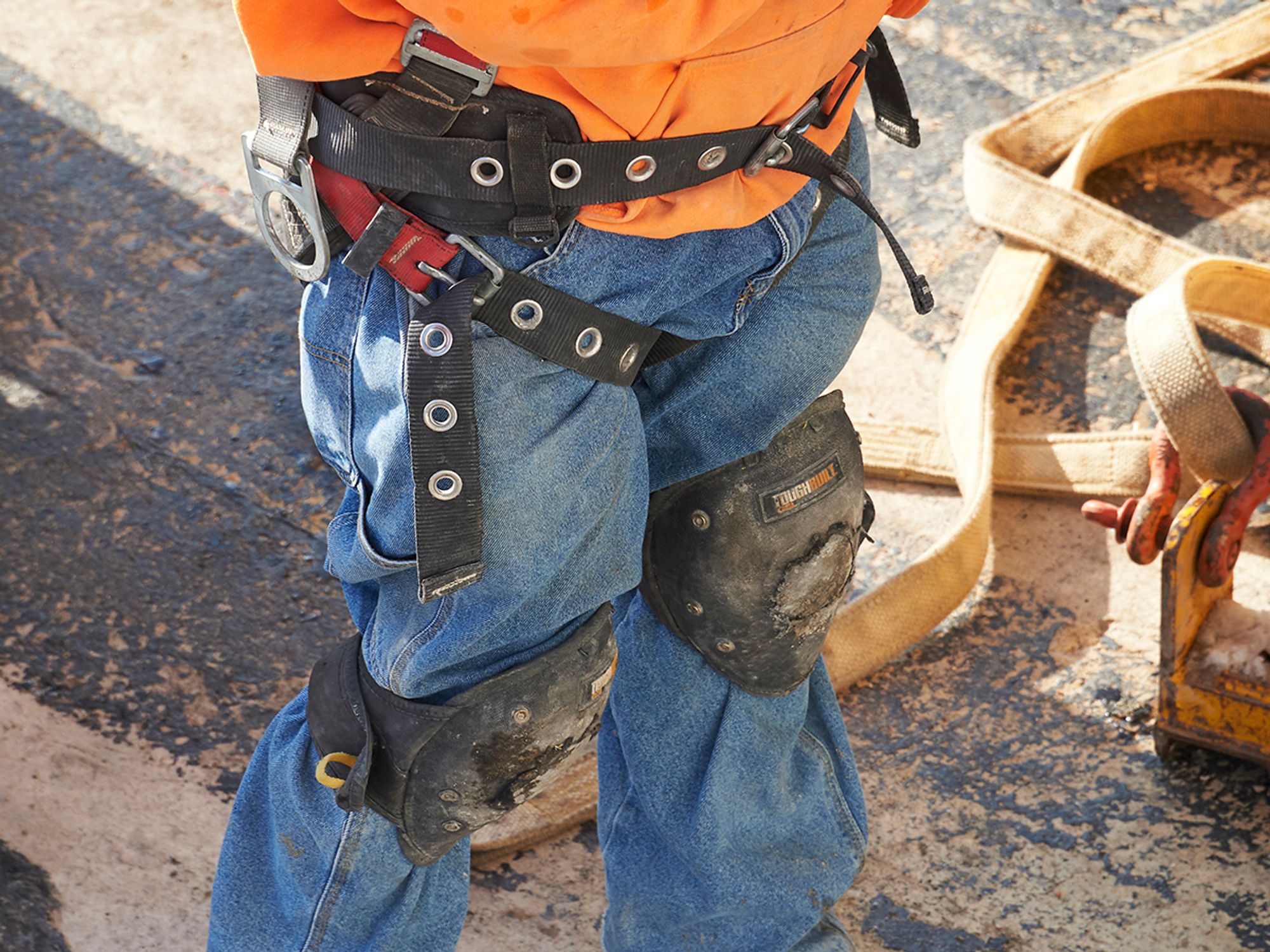General industry training requirements

- Employers must train employees in the proper identification of fall hazards and use of fall protection systems and equipment.
- Training must be conducted by a qualified person.
- There is no requirement to keep training records; however, it is considered a best practice to do so.
Employers must ensure that workers who use personal fall protection and work in other specified high hazard situations are trained, and retrained as necessary, about fall and equipment hazards, including fall protection systems they will use.
A qualified person must train these workers to correctly identify and minimize fall hazards; use personal fall protection systems and rope descent systems; and maintain, inspect, and store equipment or systems used for fall protection. Training must be provided in a language and vocabulary that workers understand.
Workers must be retrained when there is a change in workplace operations or equipment, or the employer believes that a worker would benefit from additional training based on a lack of knowledge or skill.
Employers must train employees who either use or are engaged in any of the following:
- Personal fall protection systems, such as personal fall arrest, travel restraint, and positioning devices;
- Equipment, such as ladders, ladder safety systems, portable guardrails, designated areas, scaffolds, safety net systems, and rope descent systems; or
- Work situations, such as when employees:
- Operate motorized equipment on dockboards not equipped with fall protection (e.g., guardrails); or
- Work on an unguarded working side of a platform used at slaughtering facilities or on loading racks, loading docks, or teeming platforms.
Fall protection systems and equipment will be effective only if they are installed, inspected, used, maintained, and stored properly and safely. The Occupational Safety and Health Administration (OSHA) believes that workers need special and specific knowledge to perform these tasks correctly. For example, to ensure safety net systems protect employees in the event of a fall, employees must know, or be able to calculate, how much weight the net will hold in that particular situation.
There is no requirement to keep training records under 1910.30. However, keeping records of all safety and health training is a best practice. This serves several important purposes, including demonstrating compliance with applicable standards. Documentation can also supply an answer to one of the first questions an incident investigator will ask: “Did the employee receive adequate training to do the job?”
